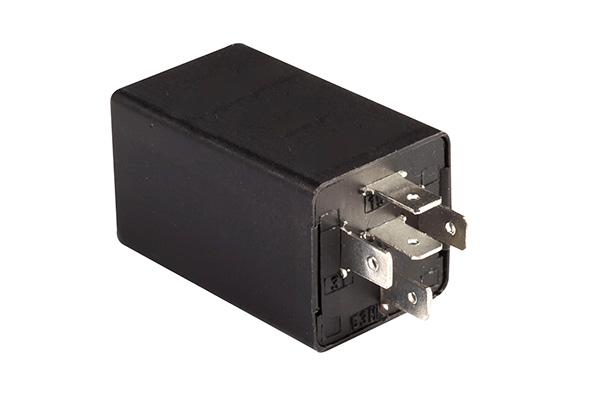
A car that won’t start can have many possible causes—from dead batteries to faulty starters—but one lesser-known culprit is the fuel pump relay. This small electrical component plays a big role in getting fuel from the tank to the engine. If it fails, your car might crank but never actually fire up, leaving you stuck and wondering what went wrong.
Let’s take a closer look at what the fuel pump relay does, how to recognize when it’s failing, and what can be done to fix it.
What Is a Fuel Pump Relay
The fuel pump relay is an electronic switch that controls power to the fuel pump. When you turn the key or push the start button, the relay sends electricity to the fuel pump, allowing it to pressurize the fuel system and deliver gasoline to the engine. Without this brief surge of power, the pump doesn’t run—and the engine won’t get the fuel it needs to start.
This component typically operates silently in the background, but when it goes bad, it can cause a complete no-start condition.
Signs of a Faulty Fuel Pump Relay
A bad relay might not fail all at once. In some cases, it begins to work intermittently, leading to random no-start situations or sudden stalling while driving. You might notice that the engine cranks normally, but doesn’t catch—or that it takes several tries to start the car.
Other times, the car starts fine when cold but refuses to start after it’s been driven and sits for a while. These inconsistencies can be frustrating and difficult to diagnose without the right tools.
How It Differs from a Bad Fuel Pump
It’s easy to mistake a faulty fuel pump relay for a failing fuel pump, since both can cause the same symptom: a car that won’t start. However, replacing the pump won’t solve the problem if the relay isn’t sending power in the first place. The best way to tell the difference is with diagnostic testing—checking for fuel pressure and voltage at the pump during startup.
If the pump isn’t receiving any power, the relay or related wiring is likely to blame.
Diagnosing the Issue
Diagnosing a faulty relay involves checking for power at key points in the system. In some cases, swapping the suspected relay with a matching one from a different system (like the horn or A/C) can quickly confirm the problem. If the car starts after swapping, the relay is almost certainly the cause.
A technician may also scan for error codes and check the wiring, connectors, and fuse box for related problems. It’s a relatively simple test, but one that can save time and avoid unnecessary parts replacement.
Timely Repair Prevents Bigger Problems
While a fuel pump relay isn’t expensive or difficult to replace, leaving the problem unaddressed can lead to bigger headaches. Random stalling while driving or sudden no-start issues can leave you stranded without warning. Replacing the relay as soon as a problem is identified is the safest and most cost-effective solution.
Gowen’s Automotive Repairs – Starting System Experts in Fairburn, GA
At Gowen’s Automotive Repairs in Fairburn, GA, our team knows how to track down tricky start issues and identify the real cause—whether it’s the fuel pump relay, wiring, or another part of the system. If your car’s having trouble starting or stalling unexpectedly, don’t guess. Let us help you get back on the road with confidence. Book your diagnostic check today.